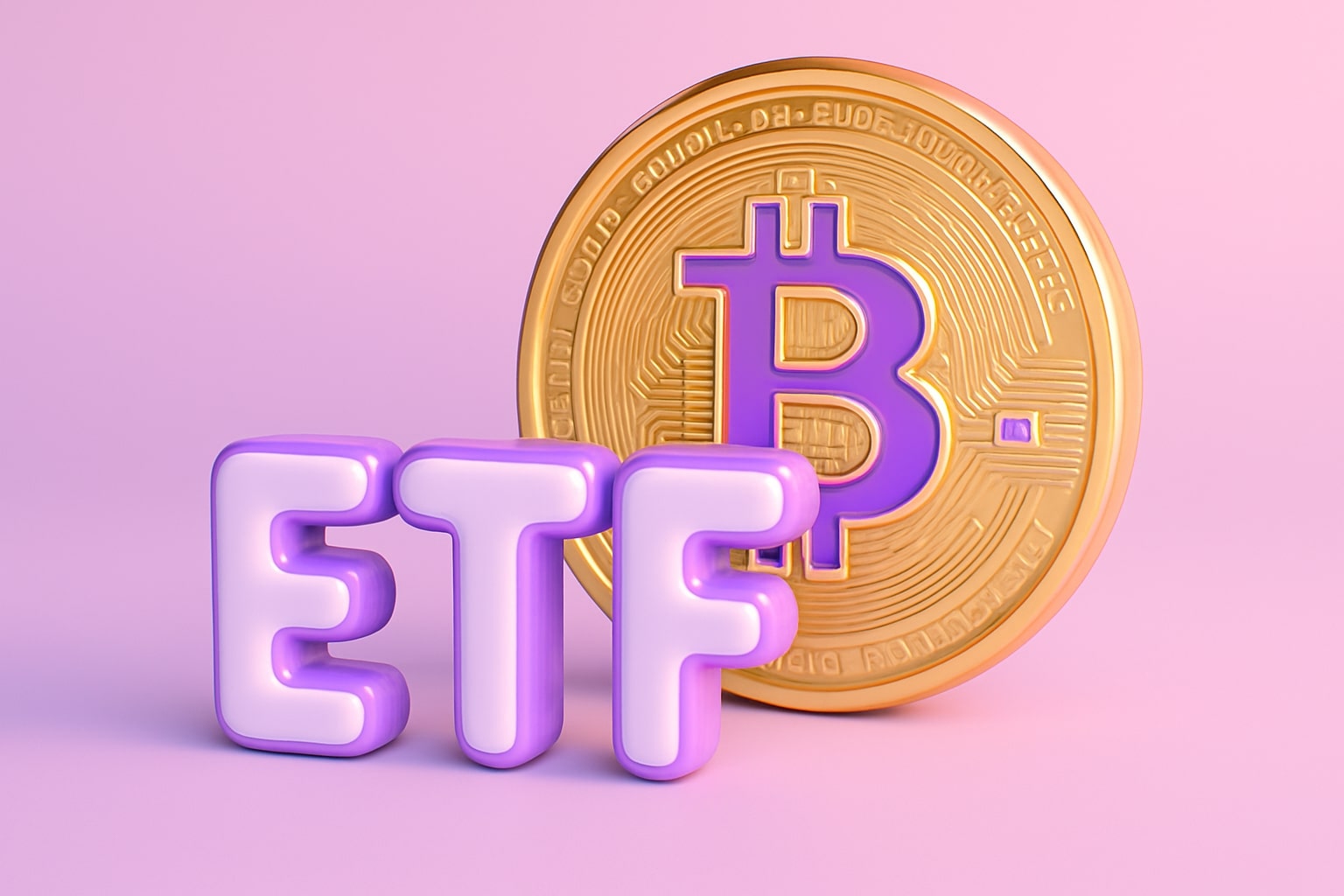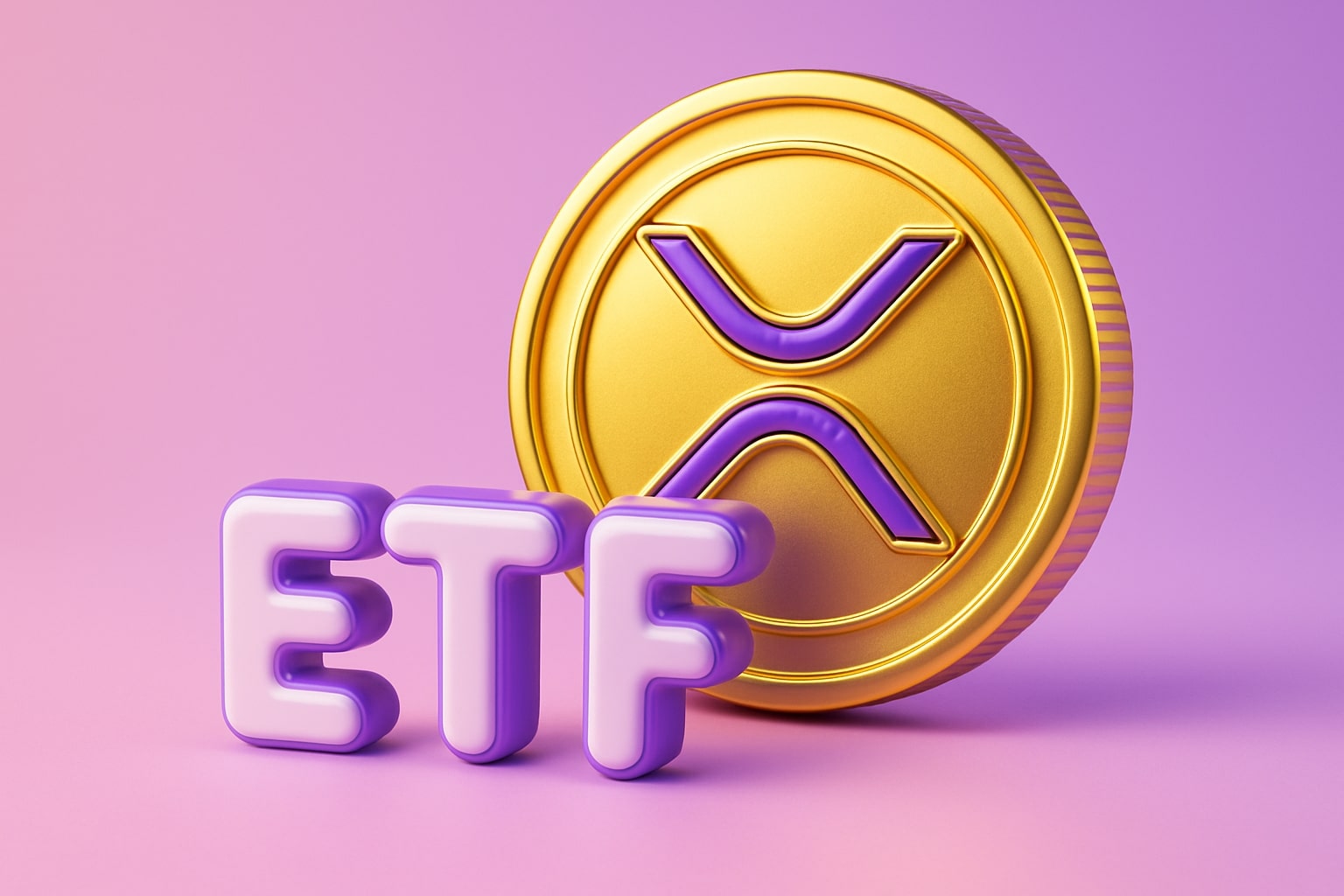
Bitcoin (BTC-USD) at $87,000 Regains Footing as Bitcoin ETFs $75M Inflows Led by IBIT’s $60.6 M Reversal
After a sharp drawdown, Bitcoin’s ETF ecosystem showed definitive signs of stabilization: US spot Bitcoin ETFs pulled in $75.47 M in a single session, led by BlackRock’s IBIT | That's TradingNEWS
Bitcoin ETF Inflows Reverse $2.26B Rout as IBIT Leads $75M Turnaround While BTC-USD Climbs Above $92,000
Bitcoin (BTC-USD) rebounded sharply on November 19, ending a five-day ETF outflow streak with $75.47 million in net inflows, marking a key shift in institutional sentiment after over $2.26 billion exited U.S. spot Bitcoin ETFs between November 12 and 18. The move followed a stabilization in BTC-USD, which recovered 0.72% in 24 hours to $92,200, after briefly dipping below $90,000. The turnaround underscores renewed accumulation from major funds like BlackRock’s iShares Bitcoin Trust (NASDAQ:IBIT) and Grayscale’s Mini Bitcoin Trust, offsetting outflows from competitors such as Fidelity’s FBTC (-$21.35M) and VanEck’s HODL (-$17.63M).
BlackRock’s IBIT ETF Drives Institutional Buying After Record Outflow
The iShares Bitcoin Trust (NASDAQ:IBIT), priced at $48.96 (-3.49%), was the leading contributor to ETF inflows, attracting $60.61 million—a remarkable reversal from the record $523 million outflow registered just one day earlier. IBIT’s year range between $42.98 and $71.82 shows how institutional volatility has intensified around macroeconomic triggers and Fed policy signals. Despite the short-term drawdown, BlackRock’s ETF now commands $153.99 billion in market capitalization and remains the largest institutional gateway to Bitcoin exposure. Analysts view the fund’s resilience as a reflection of defensive accumulation rather than renewed speculation, as institutions position strategically for 2026 liquidity shifts and potential Fed easing.
Bitcoin ETF Market Repositioning: From Panic to Defensive Accumulation
The five-day selloff in ETFs reflected not just profit-taking but an organized institutional risk recalibration amid macro uncertainty. Bitcoin’s prior drop from the October all-time high above $126,000 to sub-$90,000 levels tested new ETF entrants’ conviction. As put-option costs on IBIT spiked to multi-month highs, evidence grew that large holders were hedging exposure rather than exiting permanently. The Crypto Fear & Greed Index remains at an “extreme fear” reading of 11, reinforcing the perception of a cautious yet intact market base. Institutional flows turning positive even amid these conditions signal bottom rotation behavior, consistent with long-term capital positioning seen in prior Bitcoin cycle consolidations.
BTC-USD Technicals and ETF Dynamics Reflect Cautious Optimism
Technically, BTC-USD remains in a corrective uptrend, consolidating near $92,200 after a steep retracement from the recent high. The ETF inflows align with stabilization above the $90,000 support zone, suggesting accumulation at institutional cost levels. If momentum extends, resistance sits near $95,500, followed by a broader target toward $100,000. ETF market behavior has begun mirroring underlying spot activity, where high-frequency liquidation pressure—peaking around $500 million daily—is showing signs of easing. Analysts from Kronos Research note that the pause resembles a “reset phase,” with potential for renewed risk-on appetite if the Fed signals dovish intent in December.
Macroeconomic Context: Fed Policy and Government Liquidity Drive ETF Flows
The Federal Reserve’s December meeting remains the dominant macro factor for Bitcoin ETFs. Market expectations for a 25-basis-point rate cut have dropped to 33.8%, down from 48.9% earlier in the week, as Chair Jerome Powell reaffirmed caution on inflation. The prolonged 43-day U.S. government shutdown, which froze non-essential spending, temporarily suppressed crypto liquidity. As federal operations normalize, market makers expect ETF capital flows to rebound in sync with restored fiscal liquidity. The broader crypto market capitalization now sits at $3.2 trillion, led by Bitcoin’s stabilization and selective inflows into altcoin ETFs like Solana (+$55.6M) and XRP (+$15.8M), signaling selective institutional rotation.
Ethereum and Altcoin ETFs Diverge Amid Bitcoin’s Recovery
While Bitcoin ETFs regained momentum, Ethereum ETFs saw $37.35 million in new outflows, extending their losing streak to seven sessions. This divergence highlights investor preference for Bitcoin’s liquidity and relative stability during macro uncertainty. However, emerging altcoin ETFs—particularly Solana (SOL-USD) and Canary Capital’s XRP ETF—are showing early signs of decoupled optimism. Solana’s $55.6 million inflow demonstrates institutional readiness to diversify, while HBAR and Litecoin ETFs remained flat. The spread between BTC and ETH ETF flows, now exceeding $110 million, indicates that Bitcoin has reasserted dominance as the core institutional hedge within crypto portfolios.
IBIT ETF: The Cornerstone of Institutional Bitcoin Exposure
With average daily volume at 66.5 million shares and trading between $48.74–$51.97, IBIT remains the liquidity anchor for Bitcoin ETFs. Despite its short-term weakness, BlackRock’s structure offers regulated, insured exposure through traditional brokerage channels—critical for pension and fund participation. Since its debut, IBIT has attracted over $60 billion in cumulative inflows, representing nearly 65% of total Bitcoin ETF assets in the U.S. Its ability to recover inflows so rapidly after a record outflow reaffirms institutional confidence in Bitcoin’s long-term monetary positioning, especially as global real yields moderate.
Read More
-
CGDV ETF Outpaces S&P 500 With $24.5 B AUM and 21% Total Return
20.11.2025 · TradingNEWS ArchiveStocks
-
Ripple’s XRPI and XRPR, XRP ETFs Slide to $11.76 and $16.51 as XRP-USD Stabilizes Near $2.00 After NYSE ETF Launch
20.11.2025 · TradingNEWS ArchiveCrypto
-
Natural Gas Price Forecast - (NG=F) Climbs to $4.62 as Cold Snap Fuels Demand and Traders Await EIA Report
20.11.2025 · TradingNEWS ArchiveCommodities
-
USD/JPY Price Forecast - Dollar to Yen Soars to 157.70 as BoJ Paralysis Deepens Yen’s 6% Fall
20.11.2025 · TradingNEWS ArchiveForex
Investor Positioning and Forward Outlook for BTC-USD and ETFs
Bitcoin’s price near $92,200 and IBIT’s recovery inflows signal a stabilizing market phase rather than a speculative rebound. The alignment between ETF accumulation and macro stabilization suggests institutional traders are rebuilding long-term positions ahead of 2026’s halving cycle. Liquidity normalization, combined with the end of fiscal paralysis in the U.S., supports a gradual resumption of inflows across the ETF landscape. If Bitcoin maintains strength above $90,000, ETF volumes could accelerate, pushing prices toward $95,000–$98,000 within weeks. However, a breakdown below $88,000 could renew institutional hedging and trigger another rotation into cash-equivalent crypto vehicles.
Verdict: Bitcoin ETFs Enter a Controlled Recovery Phase
The confluence of $75.47 million ETF inflows, BlackRock’s IBIT rebound, and BTC-USD’s stabilization above $92,000 confirms that institutional capital remains strategically engaged, not withdrawn. The defensive posture in options markets, coupled with a gradual liquidity return, defines the current cycle as accumulation under fear, not capitulation. The macro environment still dictates short-term volatility, but structurally, Bitcoin ETFs are positioned for recovery, led by the IBIT’s dominance and the asset’s enduring role as the digital reserve proxy.


















